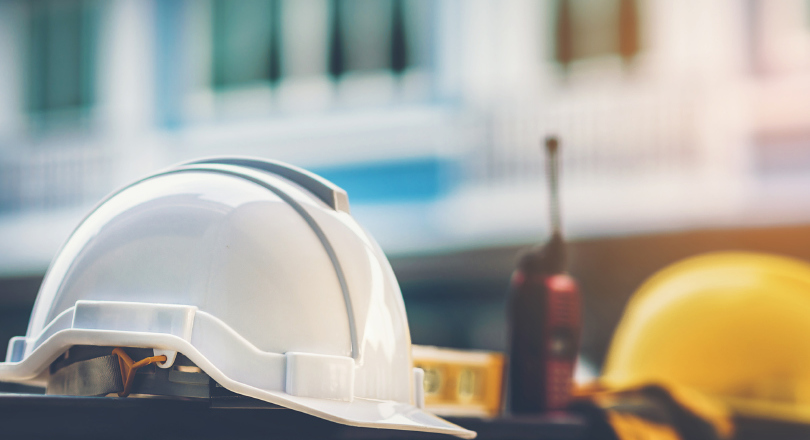The survey results offer a snapshot of how our energy professionals feel about a variety of coronavirus issues, such as homeworking, returning to the office, working hours and health and safety.
For the purposes of the survey, the results have divided Prospect’s energy members into the two different camps: nuclear and energy supply.
Nuclear
Homeworking: Respondents were generally positive about the homeworking experience during lockdown; women and 35-54 age cohort tended to be most positive, men and those aged between 25-34 and over 55 were less positive
Age is generally a better determinant than gender of views on balancing care with homeworking. Younger respondents (especially aged 25-34) were most negative about the challenges of managing caring responsibilities. Nuclear respondents tended to be more negative than ESI respondents on balancing care with working from home.
Returning to the office: Only one in three are ready to return to the office, with women less likely to want to return than men; there are concerns about safety in the office, and desire for more flexibility over working arrangements in future.
Working on site during lockdown: Roughly 29% of respondents performed at least some work on site during lockdown (less than ESI respondents (40%). Respondents generally felt they had enough information to determine if site-working was necessary and of safety procedures on site (around 1-in-5 weren’t sure on this).
Risk assessments: Around a quarter of respondents aren’t aware of a joint risk assessment; of those who are aware, most thought it was easy to understand (91%) and think it definitely, or probably will, reduce COVID risks (94%).
Personal Protective Equipment: A significant minority (24%) say they don’t have adequate PPE, or don’t know if they do (the percentage excludes those who say they don’t need PPE).
Control measures: A significant minority aren’t fully confident in overall control measures (36%) or in their right to stop work if it isn’t safe (36%); 1-in-3 respondents say employer health and safety communications have not changed or have gotten worse during the COVID pandemic.
Hazard report: Most respondents say hazard reporting hasn’t changed, but 21% think reporting of non-COVID hazards has reduced during pandemic.
Job security: Views on post-COVID job security vary by branch. Cavendish and Nuvia respondents were most concerned.
Energy supply
Homeworking: Only a small percentage of respondents were homeworkers before the lockdown (BAME & disabled workers were more likely to be homeworkers).
Women were much more likely than men to be homeworking during lockdown (72% vs. 55%) which, likely reflects workforce segregation.
Women, BAME, and the 35-54 age cohort tend to be most positive about homeworking; disabled respondents and those 55+ less positive;
Age is generally a better determinant than gender of views on working from home, especially on balancing care with homeworking; 35-44 age cohort most negative about challenges of managing caring responsibilities.
Returning to the office: Only 1-in-4 are ready to return to office, with BAME and women less likely to want to return; there are concerns about safety in the office, and desire for more flexibility over working arrangements in future.
Working on site during lockdown: Roughly 40% of respondents performed at least some work on site during lockdown; respondents generally felt they had enough information to determine if site-working was necessary and about safety procedures on site (though around 1-in-5 weren’t sure about this).
Risk assessments: Around a third of respondents were not aware of a joint risk assessment; of those who are aware, most thought it was easy to understand (93%) and think it definitely, or probably, will reduce COVID risks (86%).
Most respondents who set people to work say they have enough information to communicate COVID safety messages effectively (89%).
Personal Protective Equipment: A significant minority (20%) say they don’t have adequate PPE or don’t know if they do.
Control measures: A significant minority were not fully confident in overall control measures (43%) or in their right to stop work if it isn’t safe (42%); 1-in-3 respondents say employer health and safety communications have not changed or have gotten worse during COVID pandemic.
Hazard reporting: Most respondents say hazard reporting hasn’t changed, but 20% think reporting of non-COVID hazards has reduced during pandemic.
Job security: Views on post-COVID job security vary by branch – networks were generally more positive, whereas members at E.ON and Drax were less positive.

